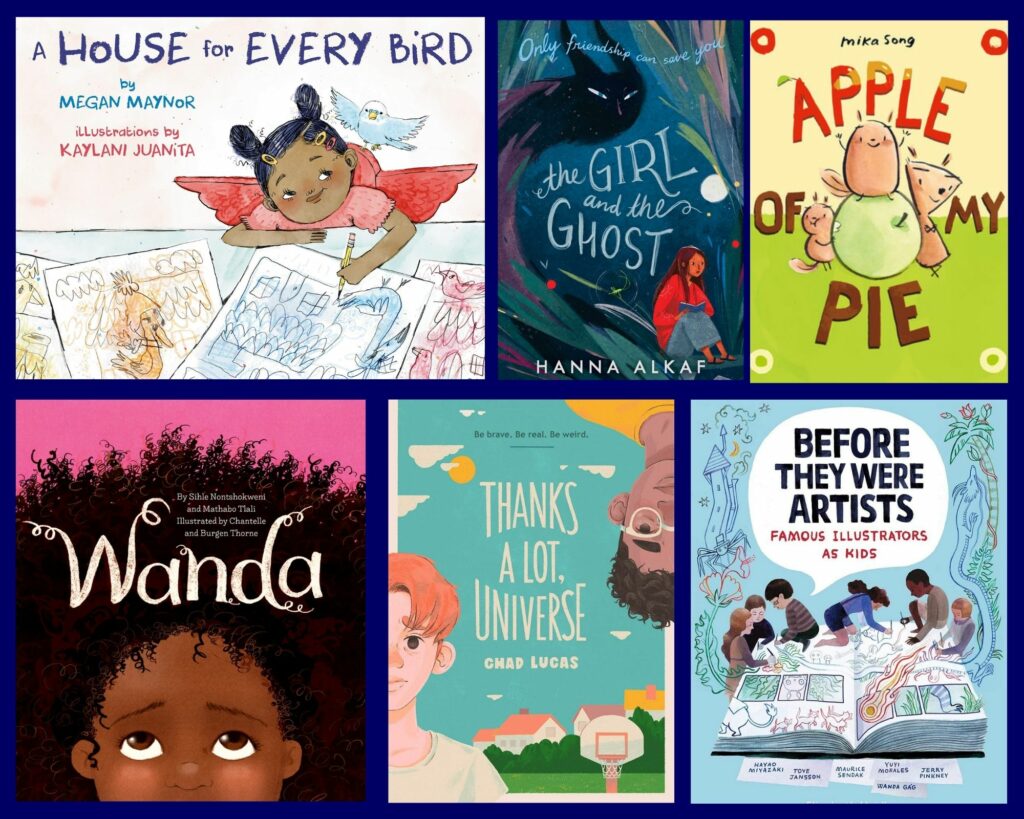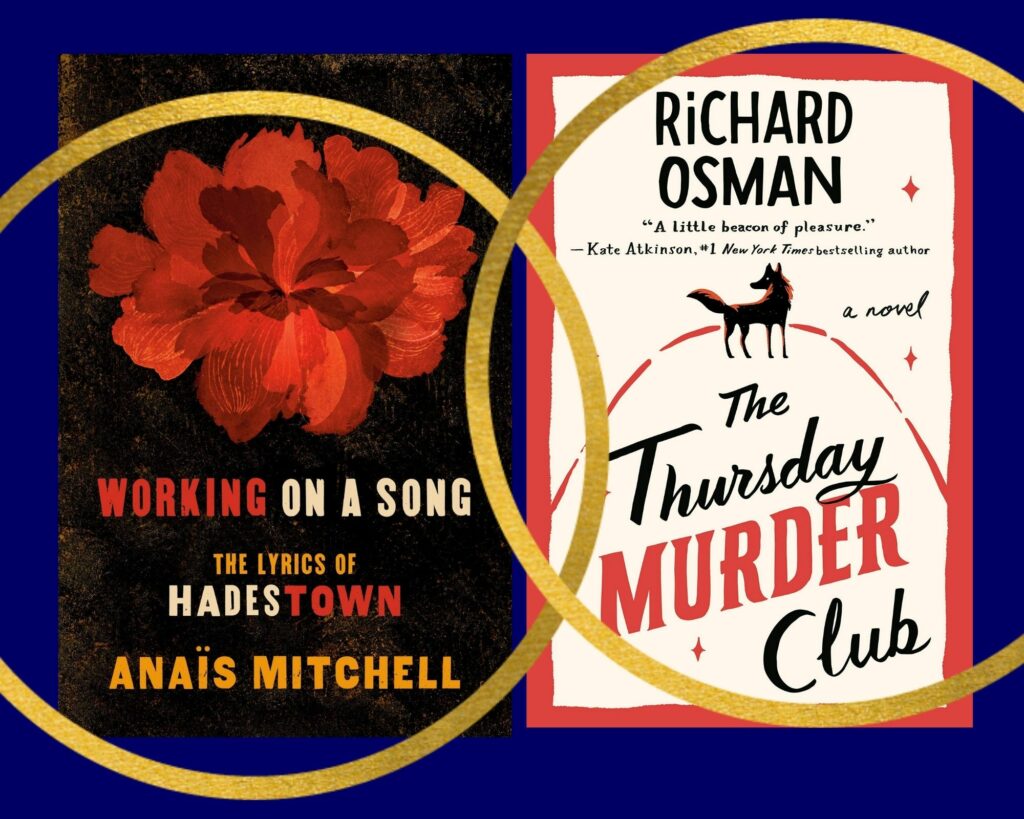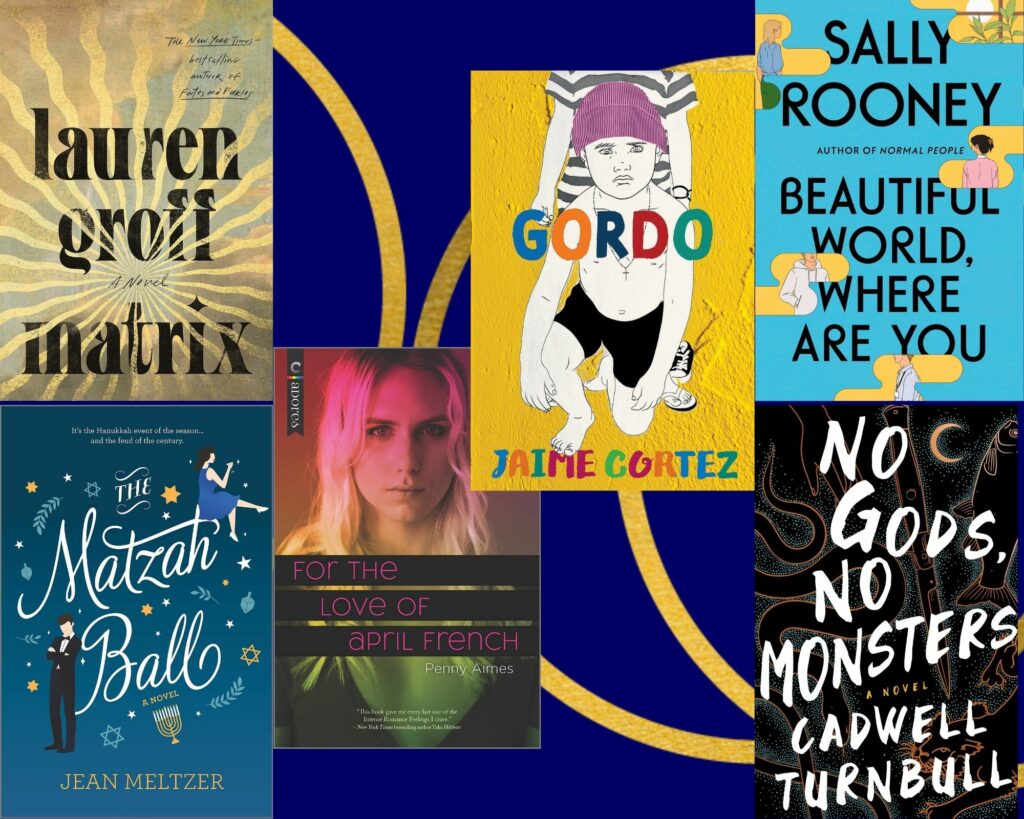The Freedom to Read in Prison
posted: , by Rebecca Starrtags: Library Collections | Programs & Events | Recommended Reads | Adults | Art & Culture | Health@PPL | Readers Writers
Banned Books Week (September 26 – October 2) provides time and resources to consider our freedom to read. Every year at the end of September, the Banned Books Week Coalition presents programs and information about censorship, intellectual freedom, and open access to information. They share stories about book challenges and protests by patrons and parents. Most of these challenges happen in schools and public libraries. However, one setting that has caught the attention of intellectual freedom advocates is the United States prison system.
(September 26 – October 2) provides time and resources to consider our freedom to read. Every year at the end of September, the Banned Books Week Coalition presents programs and information about censorship, intellectual freedom, and open access to information. They share stories about book challenges and protests by patrons and parents. Most of these challenges happen in schools and public libraries. However, one setting that has caught the attention of intellectual freedom advocates is the United States prison system.
In June 2019, Prison Legal News, a monthly magazine managed by the Human Rights Defense Center, obtained and published lists of banned publications (books, magazines, newsletters and pamphlets) from publicly funded prisons around the country. Soon after, PEN America, a nonprofit advocating for freedom of expression in writing, published a report titled “Literature Locked Up.” This report compiled book bans in prisons around the United States.
Advocates argue that prisons censor materials in three ways:
- Creating lists of banned books and publications;
- Allowing residents to purchase items from a small list of approved vendors;
- Banning physical books and replacing them with resident-purchased, prison-issued tablets, which are often expensive and contain limited titles.
Rules about reading materials are dependent upon the prison’s classification. In federal prisons, a warden can reject a specific publication, but they cannot create a list of banned publications (28 CFR 540.71(c)). Policies vary by state; in Maine, publications that “constitute a threat to safety, security, or the orderly management of the facility” are prohibited. Privately owned prisons do not share data and policies publicly.
Libraries strive to offer well-rounded collections of diverse viewpoints, artistic expression, and sources of knowledge. Librarians support the autonomy of individuals to to read, watch, and listen to materials suited to the individual’s taste and learning goals. In 2010, the American Library Association adopted “Prisoners’ Right to Read: An Interpretation of the Library Bill of Rights,” which states:
When free people, through judicial procedure, segregate some of their own, they incur the responsibility to provide humane treatment and essential rights. Among these is the right to read and to access information. The right to choose what to read is deeply important, and the suppression of ideas is fatal to a democratic society. The denial of intellectual freedom—the right to read, to write, and to think—diminishes the human spirit of those segregated from society.
To learn more about current issues related to incarceration, education, and creative expression, we invite you to:
- View photographs from Maine’s correctional centers, displayed in our windows, from September 15 – October 15.
- Attend our upcoming program on September 29, “The Soundscape of American Incarceration,” to learn more about music making and soundscaping in the Richmond (VA) City Jail. You can also check out a book from the accompanying booklist.
- Visit Freedom and Captivity’s website for a complete list of exhibitions, including those housed with our neighbors at MECA, SPACE, Indigo Arts Alliance, and the Maine Historical Society.







